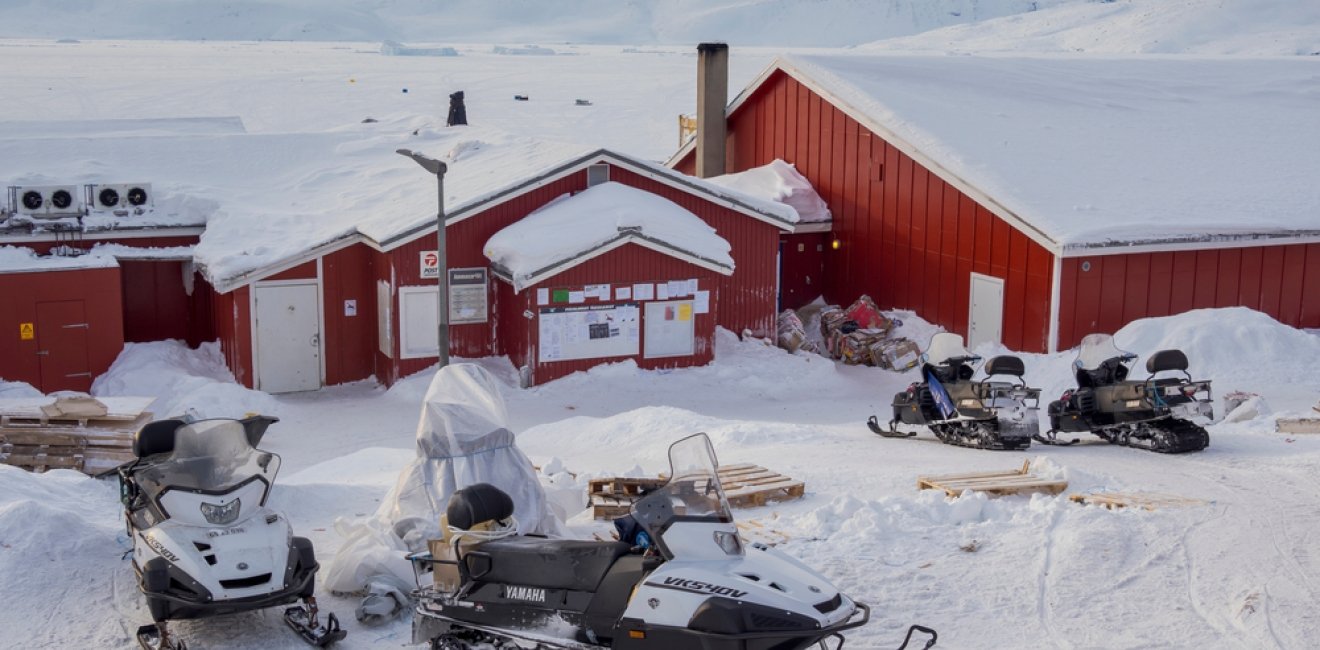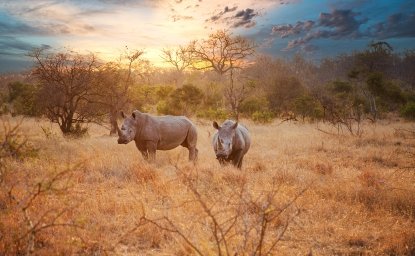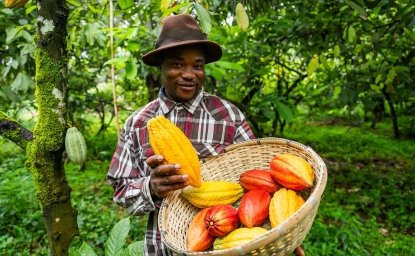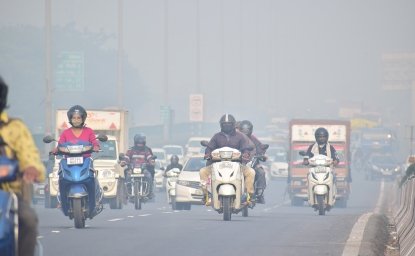
A blog of the Wilson Center

No Two Communities in Greenland Are Connected by Road
At 830,297 square miles of land, Greenland is our planet’s largest island. But even though it is strategically located between the Atlantic and Arctic Oceans, hosts Thule Air Base, has hydrocarbons and abundant precious metals (including uranium, platinum, tungsten, titanium, nickel, and copper), contains the world’s largest national park, has been inhabited for over 4,500 years and has more than 50 distinct settlements, there are no roads between any of those communities. There are roughly 93 miles of roads in Greenland within those communities, but only about 56 of those miles are paved and only the capital, Nuuk, has traffic lights (two of them).
Outsiders who don’t know any better might assume the lack of a developed road network means that Greenland is simply “backward.” Nothing could be further from the truth: it’s a vibrant place with rich culture and traditions, and it has bright, forward-looking economic prospects.
Greenlanders don’t rely on lots of roads because, simply put, other transportation solutions make more sense. For one thing, building roads in Greenland’s often challenging weather conditions is an engineering challenge. Concrete for roads must maintain a temperature above 50°F for 48 hours to form correctly. Asphalt poured when temperatures are below 50°F can be vulnerable to structural integrity issues. The problem is that much of Greenland rarely gets 50°F, even in summer months.
Greenlanders have embraced more practical modes of travel. There are more than 2,000 snowmobiles are registered in the country, and dog sledding, which has been tied to the land for nearly 10,000 years, remains popular. Greenlanders move between more separated communities largely by sea and air. And since the country’s many mountains put limits on runway space, Air Greenland, the largest carrier, uses smaller planes, seating less than 40 passengers at a time. In other cases, helicopters are relied upon. In summer months, when sufficient ice is melted, passenger and dingy boats are used to traverse Greenland’s 27,000 mile coastline.
The absence of a road network has also shaped Greenland’s approach to economic development. Its main industry is fishing (especially shrimp). The harsh conditions and limited roads that make it hard for mining operations to easily access the country’s vast mineral wealth have also encouraged the government to take a thoughtful, gradual approach to developing their extractives sector.
But Greenland’s limited number of roads and cars, and careful approach to mining, also means that Greenland has some of the cleanest air on the planet—another reason why tourism, especially cruise tourism, is an increasingly important part of the country’s economic plans.
Author

Explore More in Stubborn Things
Browse Stubborn Things
Spying on Poachers

China and the Chocolate Factory

India: Economic Growth, Environmental Realities
